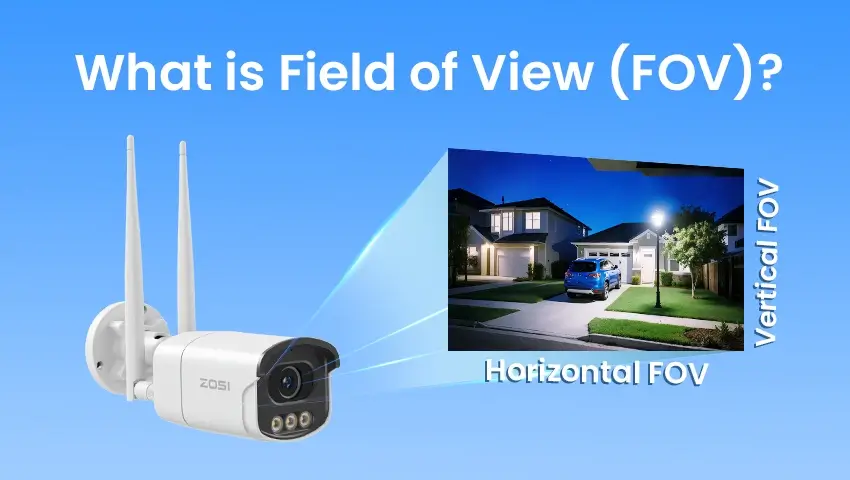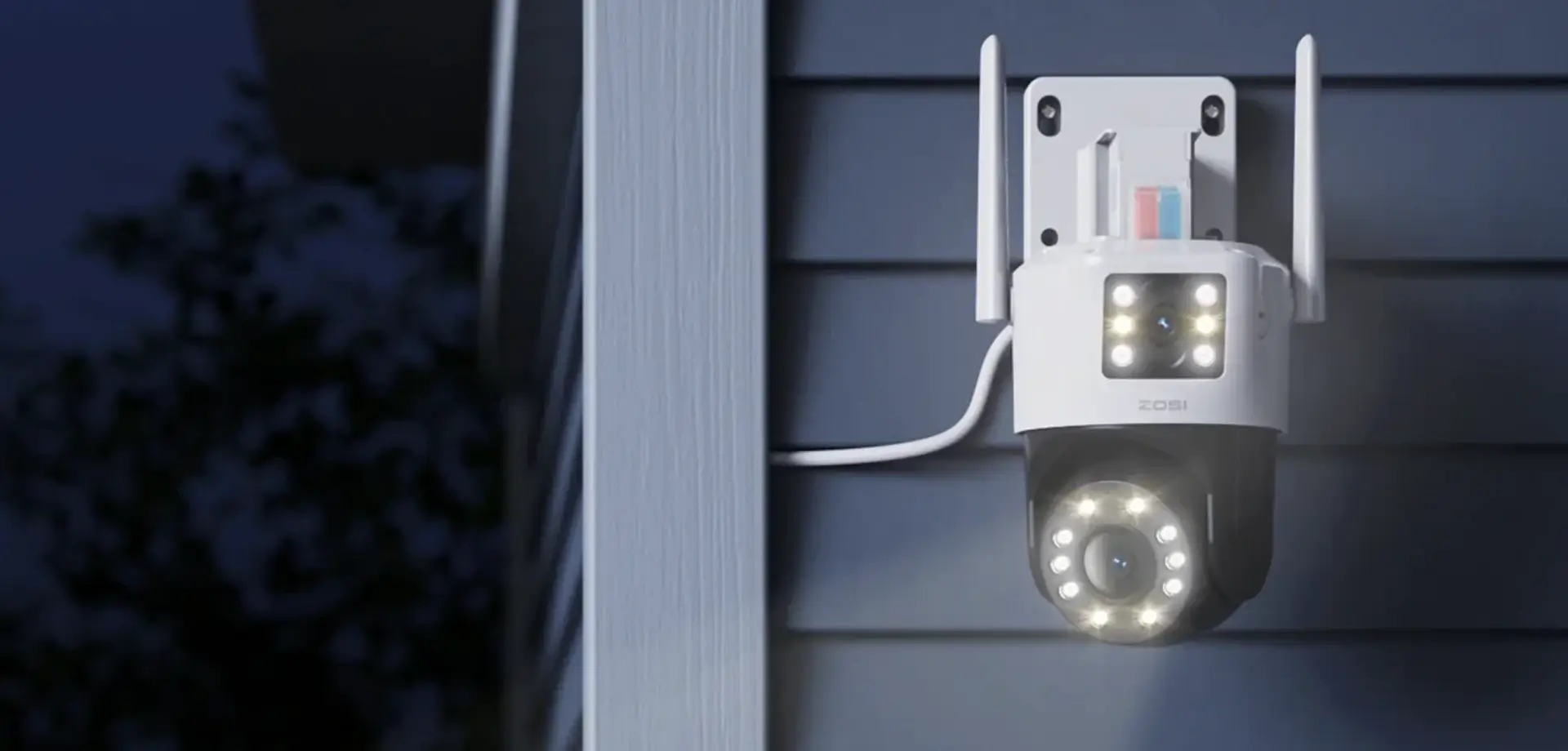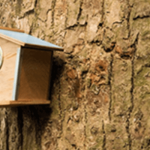Whether you’re watching a movie, taking a photo, driving a car, or installing a security camera, one invisible factor shapes what you see: field of view (FOV).
Field of view affects how much of the world is visible to you—or to a device—at any given moment. It determines how immersive your experience is in a video game, how effective your camera is at covering your front yard, and even how alert you are when crossing the street.
In this article, we’ll break down what field of view really means, how it’s measured, and why it matters in real-world applications—from biology to security systems.
Contents
What Is Field of View (FOV)?
Field of view refers to the observable area that a person or a device can see at any one time, without moving. It’s usually expressed in degrees and represents the angle of vision, or the span of the scene in front of you.
Think of it like this:
If your eyes were a camera, the field of view would be the angle of what you can see in front of you—how wide or narrow that “visual cone” is.
Field of View in Everyday Life
FOV is a universal concept. Here are a few relatable examples:
- Human vision: Most people have about 190° of horizontal field of view, including peripheral vision. About 120° of that is binocular vision (overlap from both eyes), allowing depth perception.
- Driving: A wider field of view helps you see cars approaching from the side. A narrower one increases your risk of missing something important.
- Photography: A wide-angle lens captures more of a landscape. A zoom lens narrows the field, focusing on distant subjects.
- Gaming and VR: A larger FOV enhances immersion. Players often adjust FOV settings for better awareness.
- Binoculars and microscopes: These tools trade off FOV for magnification. You see more detail, but in a smaller area.
- Security Cameras: Modern surveillance systems rely heavily on field of view to ensure maximum coverage with fewer blind spots.
How Is Field of View Measured?
Field of view is measured in degrees of angle and can be described in several ways:
1. Horizontal FOV:
The width of the view from left to right.
2. Vertical FOV:
The height of the view from top to bottom.
3. Diagonal FOV:
The span from one corner of the image to the opposite corner. This is often used in camera specs for marketing.
4. Angular vs. Linear FOV:
- Angular FOV is the most common and refers to the angle of the view (in degrees).
- Linear FOV refers to the width of the view at a certain distance (e.g., the camera sees 10 meters wide at 5 meters away).
The FOV depends on multiple factors:
- Lens focal length: Shorter focal lengths = wider views
- Sensor size: Larger sensors = wider FOV for the same lens
- Mounting position and tilt angle: Affects how FOV applies in the real world
The Role of FOV in Security Cameras
Field of view is one of the most critical factors in surveillance technology.
1. Why FOV Matters in Security
- Coverage area: A wider FOV means fewer blind spots.
- Detail level: A narrow FOV allows for greater detail but covers a smaller area.
- Installation needs: The right FOV reduces the number of cameras needed.
2. Typical Ranges for Security Cameras
- 90°–100°: Standard; covers doors, hallways.
- 110°–130°: Ideal for medium-sized rooms, yards.
- 150°+: Great for large areas or panoramic coverage.
3. Fixed vs. Pan-Tilt Cameras
- Fixed-lens cameras have a set FOV. You must choose the lens based on the location.
- Pan-Tilt-Zoom (PTZ) cameras can rotate and zoom, dynamically changing their effective field of view.
4. Real-World Example
Take the ZOSI C298 PTZ WiFi Outdoor Camera as an example. This advanced dual-lens camera combines a wide-angle lens for a panoramic overview and a telephoto lens for zoomed-in close-ups. Its pan-and-tilt function enables up to 355° horizontal coverage, dramatically expanding the field of view compared to fixed-lens cameras. This dual-lens design lets users monitor both broad scenes and fine details—all in one system.
8MP PTZ Wifi Outdoor Camera With Dual Lens - 1NC-298
- 4MP+4MP Dual Lens
- Dual Lens Achieves Ultra-wide Field Of View
- AI Person Detection and Auto Tracking
- Starlight Color Night Vision
- Smart Motion Alerts Push
- Two-way Audio & Customize Voice Alerts
- SD Card Storage & Cloud Storage
How to Choose the Right Field of View
Choosing the right field of view (FOV) means finding the best balance between coverage and detail—wider isn’t always better.
- Narrow FOV (40°–60°) focuses on specific areas and captures fine details, ideal for entry points or long hallways.
- Medium FOV (80°–100°) offers a balance of detail and area coverage, suitable for general indoor or outdoor monitoring.
- Wide FOV (120°–160°+) captures large areas but may distort edges or reduce detail per object.
Why Wider Isn’t Always Better
It might seem like a 160° ultra-wide FOV is the best choice—but it can come with trade-offs:
- Image distortion: The edges of ultra-wide footage may appear curved or stretched (a fisheye effect).
- Less detail per object: Since more of the scene is squeezed into the frame, individual elements can appear smaller or blurrier.
- Overkill for small spaces: In tight indoor areas, a wide FOV might actually capture too much irrelevant space, making it harder to focus on important zones.
What to Consider
When choosing FOV, ask:
- What specific area do you need to monitor?
- How far is the subject from the camera?
- Will the camera stay fixed or move?
- Do you need broad awareness or specific details?
Selecting the right FOV helps avoid blind spots and ensures your camera captures clear, useful footage—right where it counts.
FAQs
1. What is a good field of view for a security camera?
A medium field of view (around 90°–110°) works well for most home or business setups, offering a good balance between coverage and detail. Narrow angles are better for focused views; wide angles suit open areas.
2. Is a wider field of view always better?
No. While wide angles capture more space, they can distort the image and reduce detail. For tasks like face or license plate recognition, a narrower FOV may be more effective.
3. Can I adjust a camera’s field of view?
Some cameras allow you to adjust FOV using optical or digital zoom. PTZ cameras can pan, tilt, or zoom to change the view dynamically.
4. Does higher resolution improve field of view?
Not directly. FOV is defined by the lens, but higher resolution can make wide views more useful by preserving detail across the entire image.
Conclusion
Field of view shapes how we perceive the world—whether with our eyes or through the lens of a camera. It defines how much we can see, how aware we are of our surroundings, and how effective our security coverage is.
Understanding FOV isn’t just for photographers or engineers. It’s for anyone who wants to make smarter visual choices—especially when it comes to protecting what matters.
Next time you install a security camera or snap a picture, ask yourself: What’s in my field of view? The answer could change the way you see everything.




